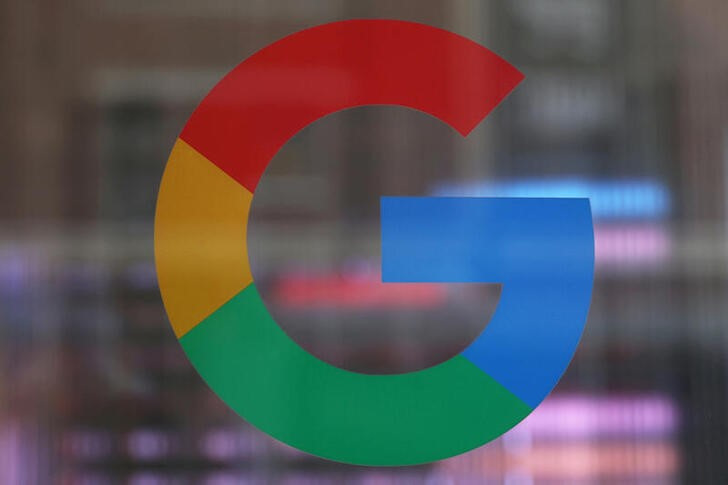Apple (NASDAQ:AAPL) has used chips designed by Google (NASDAQ:GOOGL) over those from industry leader Nvidia (NASDAQ:NVDA) for two crucial components of its AI software infrastructure, reports revealed on Tuesday, citing the iPhone maker’s latest research paper.
Despite Nvidia's dominance, commanding about 80% of the market alongside chips from Google, Amazon.com (NASDAQ:AMZN), and other cloud computing companies, Apple chose Google's cloud infrastructure.
According to reports by Reuters and CNBC, the research paper did not explicitly state that Nvidia chips were not used, but it noticeably lacked any mention of Nvidia hardware in the description of Apple's AI tools and infrastructure. Instead, Apple relied on two types of Google's tensor processing units (TPUs) to train its AI models, organized into large clusters of chips.
For developing the AI model to be used on iPhones and other devices, Apple utilized 2,048 TPUv5p chips. For its server-based AI model, Apple deployed 8,192 TPUv4 processors.
Google's latest TPUs are cost-effective, priced at under $2 per hour of use when booked for three years in advance, per Google's website. These TPUs, first introduced by Google in 2015 for internal purposes and made publicly available in 2017, are now among the most advanced custom chips designed for AI.
Nvidia, in contrast, focuses on designing graphics processing units (GPUs) widely used for AI applications. Unlike Nvidia, which sells its chips and systems as standalone products, Google offers access to TPUs through its Google Cloud Platform, requiring customers to build software within Google's cloud ecosystem to utilize the chips.
In the research paper, Apple's engineers noted that it would be possible to develop even larger and more sophisticated models using Google's chips than the ones discussed.
Apple is set to introduce parts of its Apple Intelligence suite to beta users this week.
The company announced several new AI features at its June developer conference, including the integration of OpenAI's ChatGPT technology into its software.
Over the next year, the technology giant plans to roll out generative AI-based functions such as image and emoji generation, and an enhanced Siri capable of accessing user information and performing actions within apps.
